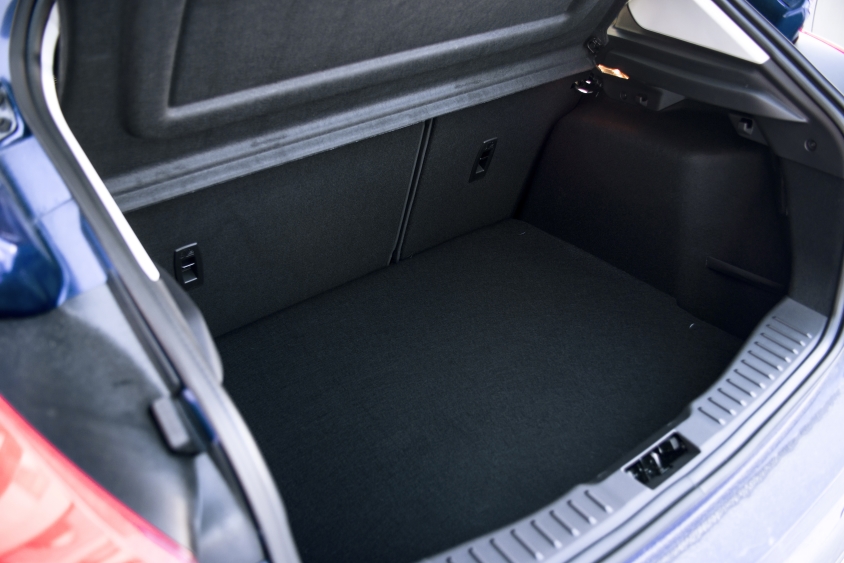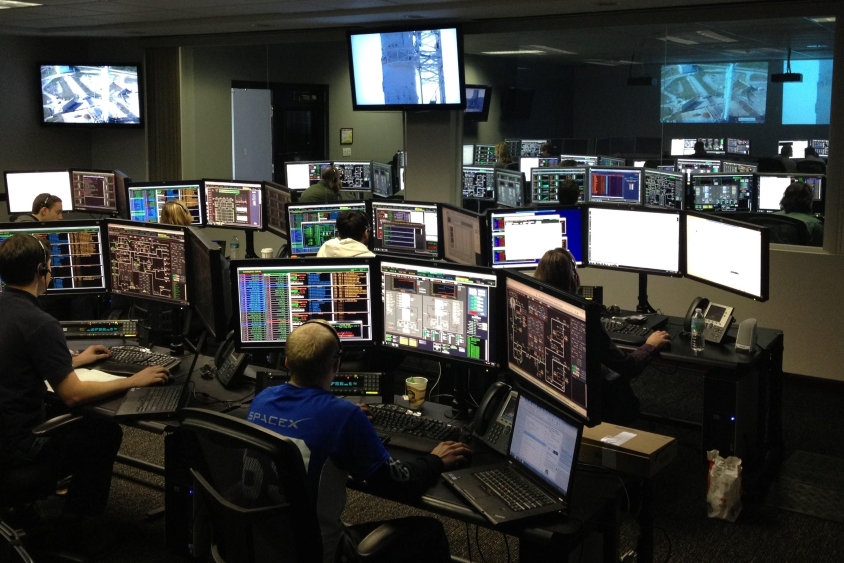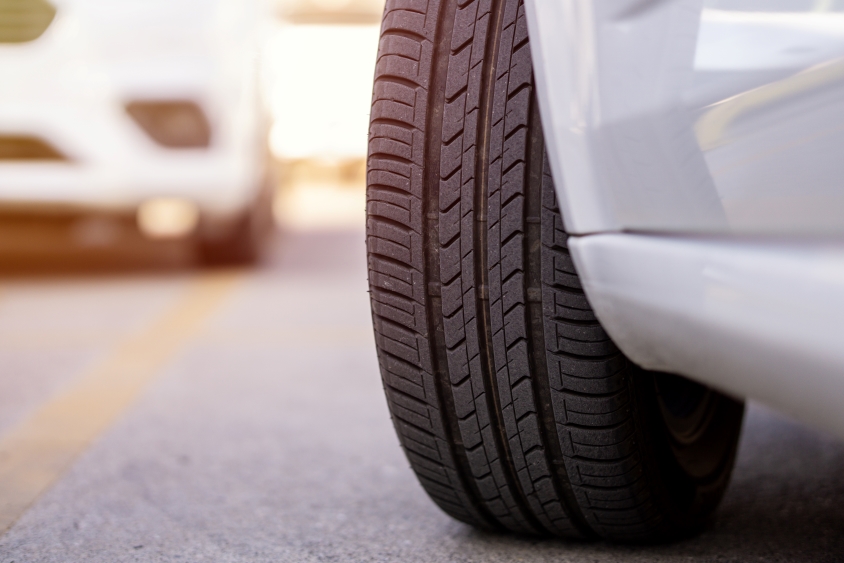Owning a car can be an expensive business, what with tax, insurance, fuel, maintenance and various other costs to think about.
So it’s a good idea to grab every opportunity to cut down your vehicle-related outgoings. One way to reduce your spending that you might not have thought of before is to clear out all the unnecessary clutter from your car, which can help you get more mileage out of every tank of fuel.
Boost your fuel efficiency
Most people would admit to letting their car get cluttered and messy from time to time. If you only spend up to a couple of hours driving at any one time, it’s easy to ignore the various items that build up and eventually make a mess of your car.
But did you know that, as well as making your car look like a dumping ground, allowing clutter to accumulate has an effect on how much you spend on fuel?
Having lots of stuff in your car makes it heavier, which means the engine has to work harder to get the vehicle moving and consequently uses more fuel. As a result, the mileage you get out of every tank of petrol or diesel is reduced.
The fuel efficiency benefits you gain from clearing out your car will be particularly noticeable if you’re in the habit of keeping particularly heavy items in the boot. Clearing out things like sports gear, tools you might use for work, kids’ toys and bikes will make the car much lighter, more fuel efficient and also easier to drive.
Other ways to cut fuel spend
There are plenty of other things you can try to get more bang for your buck where fuel is concerned.
According to the RAC, one of the wisest steps you can take is to carry out regular maintenance and servicing to ensure the vehicle is always operating at maximum efficiency. Frequent inspections can verify that your tyres are always inflated to the correct pressure, which is important because fuel economy suffers when tyres are either underinflated or overinflated.
Other recommendations include:
- Accelerating gently and not driving too fast. Excessive speed is “the biggest fuel-guzzling factor”, according to the breakdown recovery firm.
- Driving in the highest possible gear while staying within the speed limit. In urban areas, change up through the gears quickly to keep revs to a minimum.
- Taking unused roof bars and boxes off the vehicle to reduce wind resistance. Driving with windows open can also create drag that increases fuel consumption.
- Driving consistently and at a steady speed, which can be aided by cruise control if you’re on a constant flat surface like a motorway.
- Not using air conditioning unless you really have to, since it relies on engine power and uses fuel. This applies to heating as well as cooling.
If you want to have confidence that your car is in the right condition to make the most efficient use of fuel, it’s worth getting it checked and serviced by professionals.
MyService.Expert makes it easy to maintain your car with calendar reminders and money off parts and labour.





